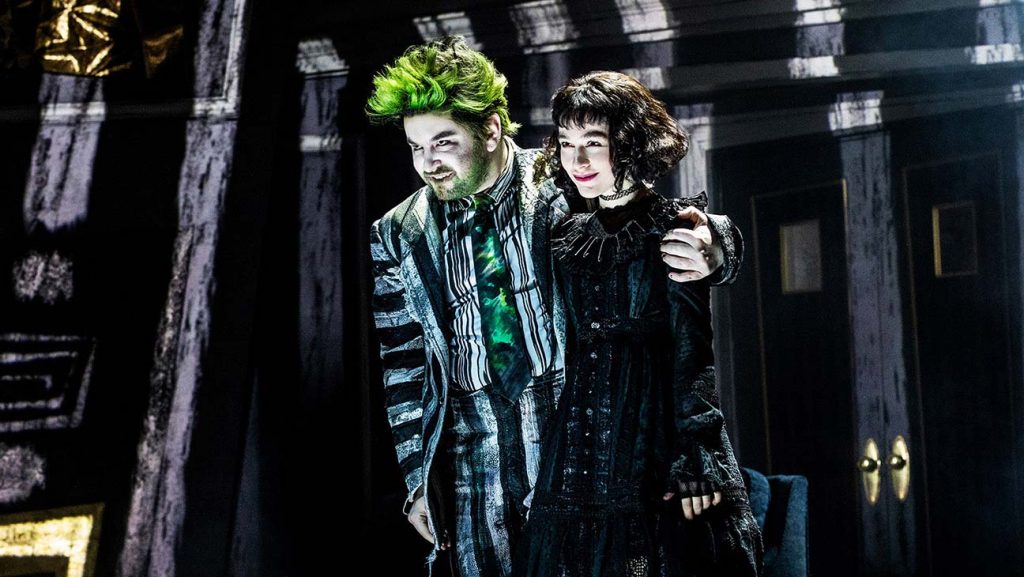
Dramatic Devices: Foreshadowing
You’re engrossed in a play, and a character makes an offhand comment about a storm approaching. The skies are clear, but you get an uneasy feeling. As the plot unfolds, that storm becomes a central event, altering the course of the narrative. This, theatre enthusiast, is the tantalizing tool of foreshadowing at play. What makes foreshadowing such a powerful dramatic device, and why do writers weave it into their stories? Let’s journey into the world of hints, omens, and dramatic prophecies!
Reading the Tea Leaves
Foreshadowing is a literary and dramatic device where clues, hints, or events are introduced early in a story to suggest or predict future events. It’s like a trail of breadcrumbs, leading the audience toward a particular outcome or revelation.
Why Use Foreshadowing?
Foreshadowing isn’t just about dropping hints. It serves several vital purposes in storytelling:
1. Building Anticipation
By hinting at what’s to come, foreshadowing creates a sense of anticipation and tension, keeping audiences on the edge of their seats.
2. Cohesive Storytelling
Foreshadowing can tie different parts of a narrative together, making the story feel cohesive and well-structured.
3. Enhancing Emotional Impact
When the foreshadowed event finally occurs, the emotional payoff is amplified. The audience, having been primed for this moment, feels a deeper connection to the unfolding drama.
4. Adding Depth and Layers
Subtle foreshadowing can add layers of meaning to a story, allowing for richer interpretations and discussions.
Foreshadowing in Action
Throughout dramatic history, foreshadowing has been employed to profound effect:
- William Shakespeare’s “Romeo and Juliet”: Early in the play, Romeo has a feeling that the night’s events will lead to untimely death. This premonition foreshadows the tragic end of the star-crossed lovers.
- Arthur Miller’s “Death of a Salesman”: Willy Loman’s fixation on his car and frequent reckless driving hint at his eventual suicide by car crash.
- Chekhov’s Gun: This principle, named after playwright Anton Chekhov, posits that if a gun is introduced early in a story, it must go off by the end. It’s a classic example of foreshadowing.
The Delicate Balance
While foreshadowing is a powerful tool, it requires finesse:
Subtlety is Key
If foreshadowing is too obvious, it can feel heavy-handed and spoil the suspense.
Avoiding Red Herrings
Misleading foreshadowing, or red herrings, can be used intentionally to throw off the audience. However, overuse can lead to confusion or frustration.
Fulfilling Promises
Foreshadowing creates a promise to the audience. Writers need to ensure they deliver on that promise to maintain trust and satisfaction.
Conclusion
Foreshadowing is a dance of hints and prophecies, weaving threads of anticipation throughout a narrative. When masterfully employed, it enriches the story, captivates audiences, and elevates the emotional journey. So, the next time you sense a storm brewing in a clear theatrical sky, remember the art of foreshadowing and savour the thrill of dramatic anticipation!






